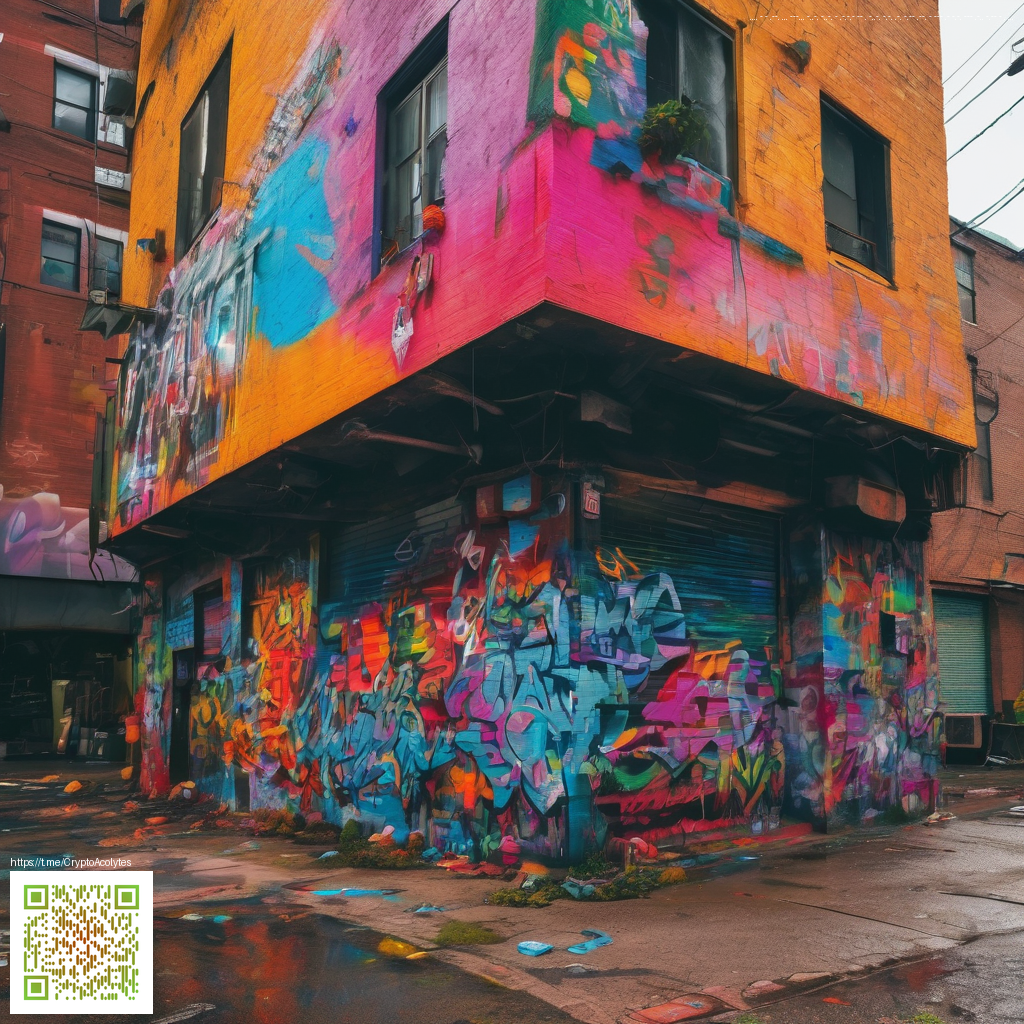
Ray tracing and The Forest PC Performance Deep Dive
The forests of Endnight Games have always been about tactile lighting and atmospheric depth. With player curiosity turning toward ray tracing in modern PC builds, fans are keen to know how a feature that sounds flashy in trailers actually translates to frames per second and smooth gameplay. This piece digs into what ray tracing could mean for The Forest on PC, what the community has tested so far, and where modding culture fits into the picture.
Official patch notes from The Forest have not highlighted native ray tracing as a built in feature in recent updates. That leaves the door open for eager players to explore through community driven experiments and shader based workarounds. The conversation around ray tracing in this title has largely centered on how lighting behavior affects performance rather than a simple toggle on and off. Reddit threads and forum posts show a lively debate about whether the extra realism is worth the hit on framerate and stability, especially on mid range GPUs.
What ray tracing actually changes in this world
In basic terms, ray tracing enhances lighting accuracy by simulating the way light rays bounce and interact with surfaces. In a dense, natural environment like a forest, RT can bring more realistic reflections on wet surfaces, more convincing global illumination in shadowed areas, and crisper edge shadows on trees and foliage. The payoff for visuals is meaningful, but the cost is non trivial. Players report notable shifts in shading quality during dusk and night cycles, plus potential improvements to ambient occlusion in tight canyons and caves.
From a performance standpoint, the impact varies with settings. Turning on even a modest RT feature can raise VRAM usage and push the GPU to work harder at high resolutions. When the feature is pushed to its more ambitious configurations, the frame rate can suffer significantly on setups that are not built around cutting edge ray tracing hardware. For many players, enabling RT in a title like this involves a balancing act between image fidelity and steady pacing.
Hardware realities and testing mindset
Expectations differ based on the hardware you own. A modern RTX series card or a high end RDNA 3 card will fare better than older GPUs when RT settings are cranked. The interaction with resolution is also key; 1080p can still feel heavy if RT features are maxed out, while upscaling approaches such as DLSS or FSR can soften the hit and preserve playability. In practice, players often pair RT with a upscaling solution to preserve a smooth experience while preserving the look of light bouncing through the canopy.
Beyond raw power, memory bandwidth and CPU overhead matter. The Forest is not the most CPU bound title on the market, but RT adds a layer of compute that can amplify CPU scheduling sensitivity and thread contention in dense outdoor scenes. Players with wide core counts and fast clocks tend to notice smaller stutters and better consistency when RT based computations are distributed efficiently across cores. The practical takeaway is clear: expect smoother outcomes when you have a balanced system with a capable GPU and sufficient memory headroom.
Community insights and the modding culture
Community sentiment is a mix of curiosity and practicality. Enthusiasts have discussed the possibility of achieving RT like results through shader based techniques in absence of official support. ReShade style approaches and custom shader packs are popular because they provide a pathway to richer lighting and better shadows without demanding wholesale engine changes. While these methods can produce compelling visuals, they rarely deliver true hardware level RT and may introduce compatibility quirks or stability concerns.
There is also a broader conversation about the timing of official support. The community often cites the need for robust performance budgets and long term stability before endorsing an RT feature set that could alter game balance or affect accessibility. In the meantime, players experiment with settings, pairing RT style improvements with resolution scaling, texture quality, and shadow cascades to tailor the experience to their rigs. The spirit of the dialog is collaborative and iterative, with many users sharing their own graphs and screen grabs to help others gauge what is realistic on their hardware.
Developer commentary and the path forward
Endnight Games has traditionally prioritized performance and reliability in The Forest. With a forward looking stance, the team has kept players informed about ongoing improvements across patches and optimization work, often focusing on stability on wide hardware rather than introducing demanding new features in crowded updates. The lack of native RT does not close the door on future experimentation, and the door remains slightly ajar as the team continues to refine engine stability and input responsiveness. For fans, this means a cautious optimism that improvements to lighting fidelity could arrive via official channels once the team feels the impact on a broad spectrum of setups has been fully vetted.
As a gamer, the takeaway is to approach RT with a measured plan. If you want to test your setup, start with a controlled baseline at your target resolution. Incrementally enable RT inspired features or shader based enhancements and compare frame times, stutter, and perceived image quality. Keep an eye on community hubs and official patch notes for any hints of increased support. The balance between spectacle and performance is a personal choice that defines how you experience this dense, visually rich forest world.
And for a little hardware flair as you dive into the woods, a high quality mouse pad can help your aim as much as your eye candy helps your run. If you are shopping for accessories that blend form and function, check the options below.
Custom Mouse Pad 9.3x7.8 in White Cloth Non-Slip